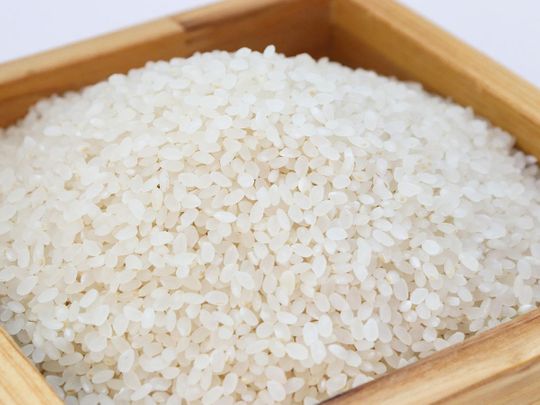
India, the world’s biggest rice shipper, levied a tax on some exports to secure domestic supplies after planting shrank, a move that could further rattle global food markets and worsen the hunger situation.
Unmilled and husked brown rice will attract an export levy of 20 per cent, the finance ministry said in a notification on Thursday. Semi-milled and wholly-milled rice, except parboiled and basmati varieties, will also have a similar duty, it said.
The measure by India, which accounts for 40 per cent of the global rice trade, will put further pressure on countries that are struggling with worsening hunger and soaring food inflation. It assumes significance as billions of people depend on the staple. Asia alone produces and consumes 90 per cent of the world’s rice.
Rice has become the third major agricultural commodity in India to face curbs on overseas sales this year. The nation has already restricted wheat and sugar exports, upsetting global markets as the country takes the path of food protectionism. World prices for kitchen staples climbed to records, before falling recently on an improved global crop outlook.
The variety that now attracts the export tax accounts for about 60 per cent of India’s non-basmati rice shipments, according to B.V. Krishna Rao, president of the Rice Exporters Association. The restriction will benefit suppliers from other major growers such as Thailand, Vietnam and Pakistan, he said.
“The government’s move will boost global rice prices,” said Rao. Export prices of white rice may cross $400 a tonne from as much as $350 at present on a free-on-board basis, he said. Indian exporters will ask the government to waive taxes on about 2 million tonnes of rice that have already been contracted for exports, but not yet shipped, Rao said.
The restrictions on rice exports come as planting has shrunk 5.6 per cent this season due to a lack of rainfall in some areas. Monsoon showers have been more than 25 per cent lower than average in major growing states of Uttar Pradesh, Jharkhand and Bihar. Overall, the country has received 5 per cent above normal precipitation during the period.










